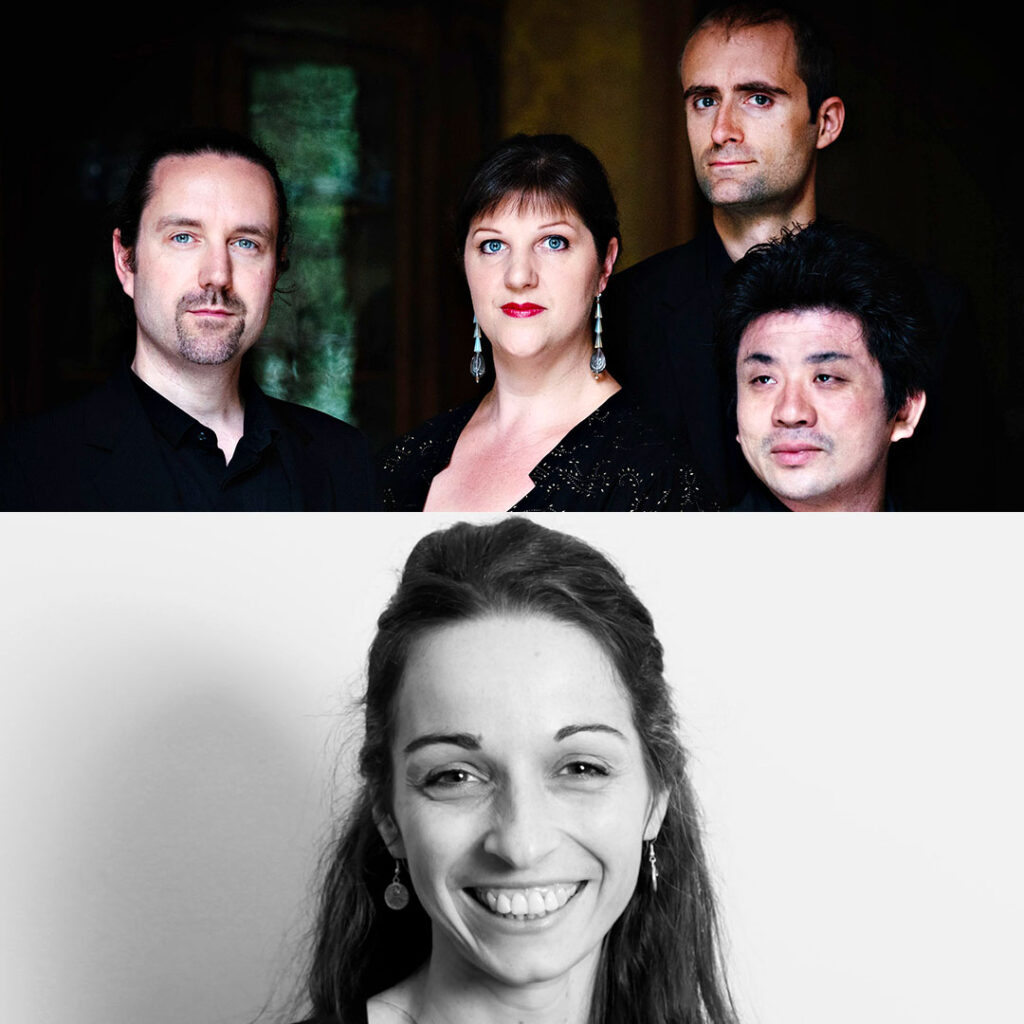Expression and virtuosity
The history of the Romantic cello in France can be divided into three chapters: first of all, it was the generation of Jean-Louis Duport (1749-1819), Jean-Baptiste Janson (1742-1803) and Jean-Henri Levasseur (1764-1826) – heirs to the school of Luigi Boccherini – that, from the end of the eighteenth century, imagined a new kind of virtuosity that would place the cello on a par with the violin. An abundance of pedagogical literature set the standards of the time (facilitated by the widespread use of the end pin and the Tourte bow) and provided excellent training for the generation of Charles-Nicolas Baudiot (1773-1849) and Nicolas-Joseph Platel (1777-1835). Finally, it was the next generation – that of Auguste Franchomme (1808-1884), Adrien-François Servais (1807-1866), Pierre-François-Alexandre Chevillard (1811-1877) and others – that brought international exposure to a French art that had long been regarded as the world reference. The quality of the instrumental school meant that it became increasingly important to expand the repertoire. Many new compositions came into being, ranging from solos in symphonic works (such as the overture to Rossini’s William Tell) to concertos and sonatas, not forgetting the many genre pieces that provided such delight in the salons.
Cello sonatas
Although sonatas, suites and concertos had been written for the cello during the Baroque period, the instrument’s main function until the nineteenth century had been to provide the bass line – a role that could have thwarted its emancipation. In France, however, the cello sonata became established before the violin sonata. Onslow was a pioneer in that field, with his set of 3 Cello Sonatas, op. 16 (1820), in which, following Beethoven’s example, the two instruments were equal partners. Then Mendelssohn’s Cello Sonatas op. 45 and 58 (composed in 1838 and 1843, respectively) served as models. It is hardly surprising that the scores were often written by composers who were themselves cellists (Onslow) or else were friends of a soloist such as Franchomme (Alkan, Chopin). However, most of those who tried their hand at composing a cello sonata did so only once. At the time of Saint-Saëns and Fauré, cello compositions became more prevalent, reflecting the instrument’s ever-increasing popularity both in the field of chamber music and in those of the concerto and orchestral works. This resulted in compositions by La Tombelle, Boëllmann, Ropartz, Strohl, Duparc, Magnard, and others.
Works for several cellos
During the Romantic period it was extremely rare to hear in a concert performance a work for more than one cello, and such works that did exist were generally intended for teaching purposes. Jacques Offenbach’s Cours méthodiques de duos pour deux violoncelles (1839-1855) – written at the time when he was making a living as a virtuoso cellist, playing in the Parisian salons – consists of pieces for two cellos, graded from ‘very easy’ to ‘very difficult’, and intended to provide two instrumentalists of the same level (studying in the same class, for example) with original chamber compositions enabling them to play together. Other musicians, such as Auguste Franchomme, professor of cello at the Paris Conservatoire from 1847 to 1884, and Félix Battanchon, who worked at the Geneva Conservatoire from 1851 to 1861, also produced pieces for several cellos, as a means of bringing their students together on the same score. The opening-up of the repertoire to non-cellist composers, such as Max d’Ollone, Fernand de La Tombelle and Hélène-Frédérique de Faye-Jozin, came later: at the turn of the twentieth century, modern aesthetics called for the exploration of new sonorities through the use of rare or novel instrumental combinations.
‘I love you and I speak to you as to my brother. Mme Sand [the writer George Sand] sends you a thousand compliments.’
Letter from Frédéric Chopin to Auguste Franchomme, 1844
Cello quintets
Almost private, limited to a small social circle, the salon continued throughout the nineteenth century to reflect what was going on elsewhere in the music world, while also showing the way in matters of taste – despite the fact that it was soon to be superseded by the public concert. Since space was comparatively limited in the private homes where the salons were hosted, the musical ensembles invited to play there had to be quite small. The grand operatic genre was represented in the form of transcriptions, but a wide variety of instrumental forces was also experimented with. In the 1800s, string ensembles commonly performed there, and – alongside the traditional quartet – a brief passion for the cello quintet (a standard string quartet plus an extra cello) was indicative of the changing aesthetic sensibilities. Indeed, whether they were written by Boccherini, Cambini or Cherubini, such works showed an appreciation of the virtuosity afforded by the presence of a ‘principal’ cello, regularly treated as a soloist, and at the same time a partiality for the instrument’s eminently Romantic sound. While Schubert’s String Quintet is well known, there is a tendency to forget that France too, through the talents of Onslow and Gouvy, produced a rich repertoire that has still to be rediscovered.


 Torna indietro
Torna indietro  newsletter
newsletter webradio
webradio replay
replay







